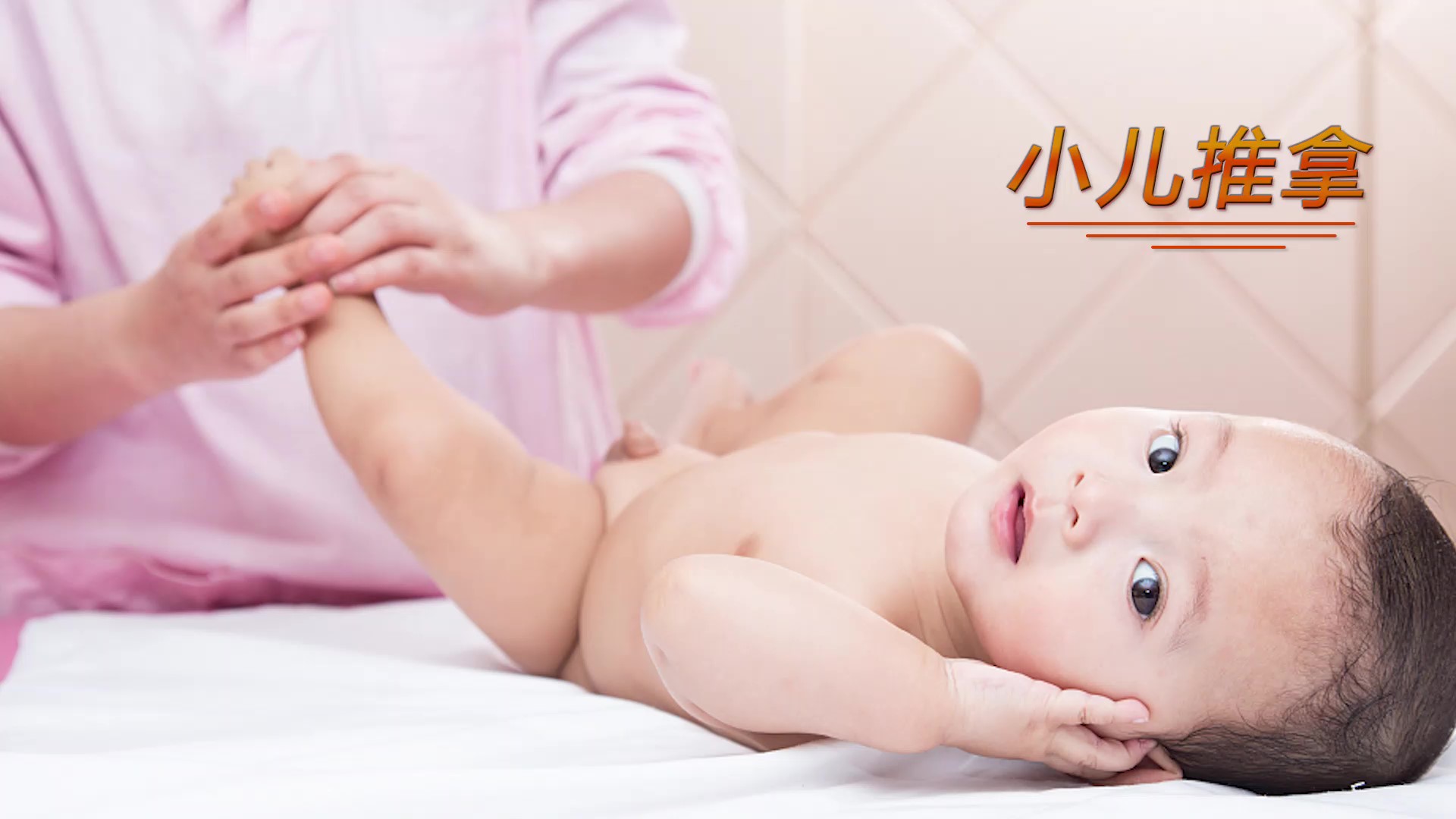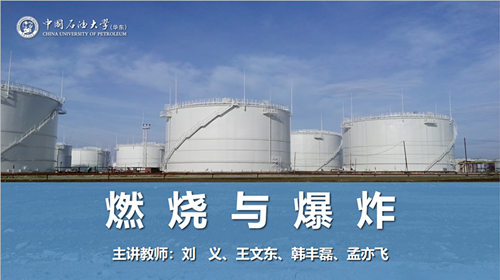
当前课程知识点:Chinese Ceramics > Unit 2 Cultural Connotations Carried by Chinese Ceramics > 2.3 Chinese Ceramic Shape Art > Chinese Ceramic Shape Art
返回《Chinese Ceramics》慕课在线视频课程列表
嗨 大家好 欢迎来到中国陶瓷的课堂
今天我们来聊聊中国陶瓷的造型艺术
中国陶瓷在不同的
历史时期表现出不同的形态和风格
这与各个历史时期的社会形态
这与各个历史时期的社会形态和人们的审美趣味密切相关
在原始时期
陶器样式单一 种类较少
以大肚壶
小口壶和碗为主要品种
反映了当时陶器生产水平的低下
商周时期 陶瓷工业得到发展
增加了厥 李等品种
表明当时的瓷器生产水平得到了提高
三国和晋代的瓷器
深深地影响了人们生活的各个方面
瓷器的生产可以满足人们日常生活的需要
日常的瓷器种类有羊形的
狮子形的烛台 鸟杯
熊灯等等
南北朝时期
佛教对瓷器的制作有很大的影响
因此产生了许多莲花形的瓷器
唐朝在中国封建历史上占有重要地位
唐朝的经济和文化迅速发展
唐三彩的出现
是当时社会的反映
多色瓷的出现
反映了唐代多元文化的特点
因此
唐三彩是唐代文化的必然产物
唐朝时 国家强盛 经济发达 生活富裕
此外 唐代的瓷器圆润饱满
反映了唐代以胖为美的审美情趣
宋代瓷器精致典雅
崇尚釉彩之美
体现了宋代人民追求古朴
宁静 典雅的精神
与唐代豪放的艺术风格相比
对克制的艺术表现的追求
反映了宋朝政治保守
重文学 轻军事的社会状态
最具代表性的瓷器是修长的梅子瓶
元代主要使用大型瓷器
表现了草原民族粗犷豪放的性格
由此可见
陶瓷造型艺术的发展
是与中国社会物质文明和精神文明相适应的
它不仅反映了
当时陶瓷技术的进步
和进步 也反映了当时人们的生活状况
思想观念 审美特征和精神追求
陶瓷造型艺术的发展演变
向世界展示了
中国在不同历史时期的
政治 经济和社会发展状况
今天的课就到这里 谢谢大家 下节课再见
-1.1 Introduction
-1.2 Ceramics in Neolithic, East Han and Wei-Jin Dynasties
--Ceramics in Neolithic, East Han and Wei-Jin Dynasties
-1.3 Sui and Tang dynasties and Song Dynasty ceramics
--Sui and Tang dynasties and Song Dynasty ceramics
-1.4 Ming and Qing Dynasties
-Unit 1 test
--Unit 1 test
-Discussion questions
-2.1 The Unique Chinese Ceramic Culture
--The Unique Chinese Ceramic Culture
-2.2 The Historical Development of Chinese Ceramic Making
--The Historical Development of Chinese Ceramic Making
-2.3 Chinese Ceramic Shape Art
-2.4 Chinese Ceramic Painting Art
--Chinese Ceramic Painting Art
-2.5 Chinese Ceramic Folk Stories
--Chinese Ceramic Folk Stories
-Unit 2 test
--Unit 2 test
-Discussion questions
-3.1 CeramicCulture and the Zodiac
--CeramicCulture and the Zodiac
-3.2 The heritage of traditional ceramic culture
--The heritage of traditional ceramic culture
-3.3 The development and innovation of ceramic art
--The development and innovation of ceramic art
-Unit 3 test
--Unit 3 test
-Discussion questions
-4.1 Gorgeous Colored Pottery
-4.2 The Method of Making Colored Pottery
--The Method of Making Colored Pottery
-4.3 Primitive Colored Pottery Ⅰ
-4.3 Primitive Colored Pottery Ⅱ
-4.3 Primitive Colored Pottery Ⅲ
-4.4 Black Earthenware
-4.5 White Pottery and Primitive Porcelain
--White Pottery and Primitive Porcelain
-Unit 4 test
--Unit 4 test
-Discussion questions
-5.1 Terracotta Warriors in Qin Dynasty
--Terracotta Warriors in Qin Dynasty
-5.2 Potteries in Han Dynasty
-Unit 5 test
--Unit 5 test
-Discussion questions
-6.1 Dragon kiln and Celadon
-6.2 Yue Kiln and Wuzhou kiln
-6.3 Deqing Kiln and Ou kiln
-6.4 Longquan Wares
-6.5 Yaozhou Wares
-Unit 6 test
--Unit 6 test
-Discussion questions
-7.1 Tang Tri-Colored Pottery
--7.1 Tang Tri-Colored Pottery
--7.1 Tang Tri-Colored Pottery
-7.1Tang Tri-Colored Pottery
--7.1 Tang Tri-Colored Pottery
--7.1 Tang Tri-Colored Pottery
-Discussion questions
-Unit 7 test
--Unit 7 test
-8.1 The flourishing age of the Song Dynasty
--8.1 The flourishing age of the Song Dynasty
-8.2 The flourishing age of the Song Dynasty
--8.2 The flourishing age of the Song Dynasty
-8.3 Ding Wares
-8.4 Ru Wares
-8.5 Guan Wares
-8.6 Ge Wares
-8.7 Jun Wares
-Discussion questions
-Unit 8 test
--Unit 8 test
-9.1 Reasons for the maturity of Qinghua porcelain in Yuan Dynasty
--9.1 Reasons for the maturity of Qinghua porcelain in Yuan Dynasty
-9.2 The Invention of Blue-and-white Porcelain in the Tang Dynasty
--9.2 The Invention of Blue-and-white Porcelain in the Tang Dynasty
-9.3 Fine China Ware became the Symbol of ChinaⅠ
--9.3 Fine China Ware became the Symbol of ChinaⅠ
-9.3 Fine China Ware became the Symbol of ChinaⅡ
--9.3 Fine China Ware became the Symbol of ChinaⅡ
-9.3 Fine China Ware became the Symbol of ChinaⅢ
--9.3 Fine China Ware became the Symbol of ChinaⅢ
-9.4 The charm of QinghuaⅠ
-9.4 The charm of QinghuaⅡ
-9.4 The charm of QinghuaⅢ
-Discussion questions
-10.1 Da Ming Wucai
-10.2 Wooden engravings influence on Wucai porcelain
--10.2 Wooden engravings influence on Wucai porcelain
-10.3 Kangxi Wucai
-10.4 Liling Under-glaze multicolored porcelainⅠ
--10.4 Liling Under-glaze multicolored porcelainⅠ
-10.4 Liling Under-glaze multicolored porcelainⅡ
--10.4 Liling Under-glaze multicolored porcelainⅡ
-Discussion questions
-11.1 The advent of Fencai
-11.2 Fencai Porcelain in the Yong zheng period
--Fencai Porcelain in the Yong zheng period
-11.3 Fencai Porcelain in the Qianlong Period
--Fencai Porcelain in the Qianlong Period
-Discussion questions
-13.1 Zisha-pottery
-13.2 The Zisha Teapot
-13.3 The Zisha tea set in the Ming Dynasty
-Discussion questions
-14.1 Development of Contemporary Chinese ceramic art
--14.1 Development of Contemporary Chinese ceramic art
-14.2 The internationalization trend of Chinese modern ceramics
--14.2 The internationalization trend of Chinese modern ceramics
-14.3 A new style of contemporary ceramic art Ⅰ
--14.3 A new style of contemporary ceramic artⅠ
-14.3 A new style of contemporary ceramic art Ⅱ
--14.3 A new style of contemporary ceramic art Ⅱ
-14.4 The Trade of the Artisans Ⅰ
--14.4 The Trade of the Artisans Ⅰ
-14.4 The Trade of the Artisans Ⅱ
--14.4 The Trade of the ArtisansⅡ
-Discussion questions
-15.1 Unique Cloisonné technique
--15.1 Unique Cloisonné technique
-15.2 The Craftsmanship and Development of Cloisonné
--15.2 The Craftsmanship and Development of Cloisonné
-15.3 The Problems Facing the Inheritance of Cloisonné
--15.3 The Problems Facing the Inheritance of Cloisonné
-15.4 The inheritance and development of Cloisonné
--15.4 The inheritance and development of Cloisonné
-Unit 15 Test
--Unit 15 Test
-Discussion questions
-16.1 Appreciation of Chinese ceramics
--16.1 Appreciation of Chinese ceramics
-16.2 Explore the origins of ancient ceramics Ⅰ
--16.2 Explore the origins of ancient ceramics Ⅰ
-16.2 Explore the origins of ancient ceramics Ⅱ
--16.2 Explore the origins of ancient ceramics Ⅱ
-Unit 16 Test
--Unit 16 Test
-17.1 Traditional Chinese Decorative Patterns
--17.1 Traditional Chinese Decorative Patterns
-17.2 Application of Traditional Chinese decorative patterns in ceramics
--17.2 Application of Traditional Chinese decorative patterns in ceramics
-Unit 17 Test
--Unit 17 Test
-Discussion questions

